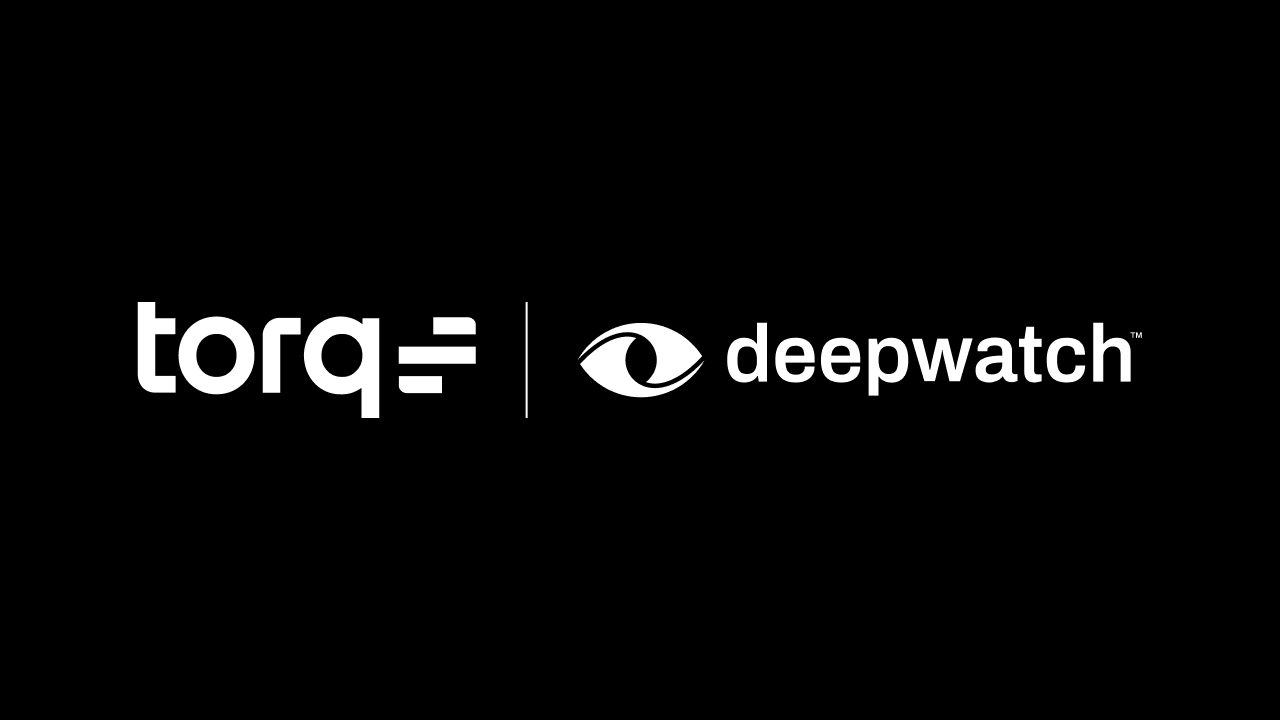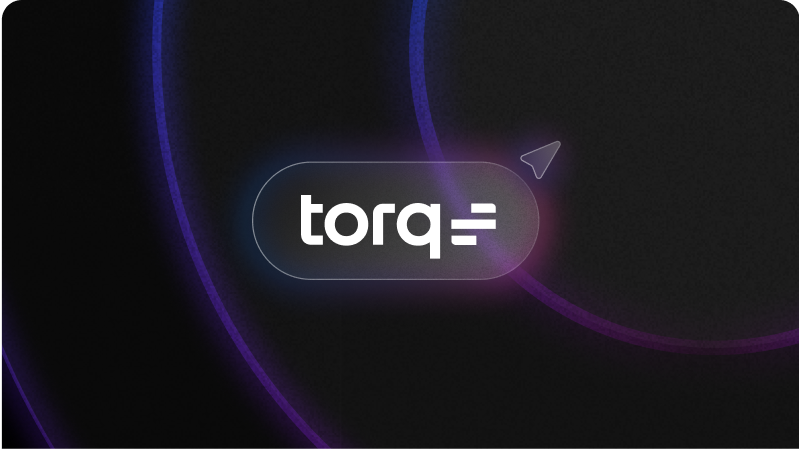Manifesto
The AI or Die Manifesto
Learn how to deploy AI the right way so your SOC survives.
Read More



